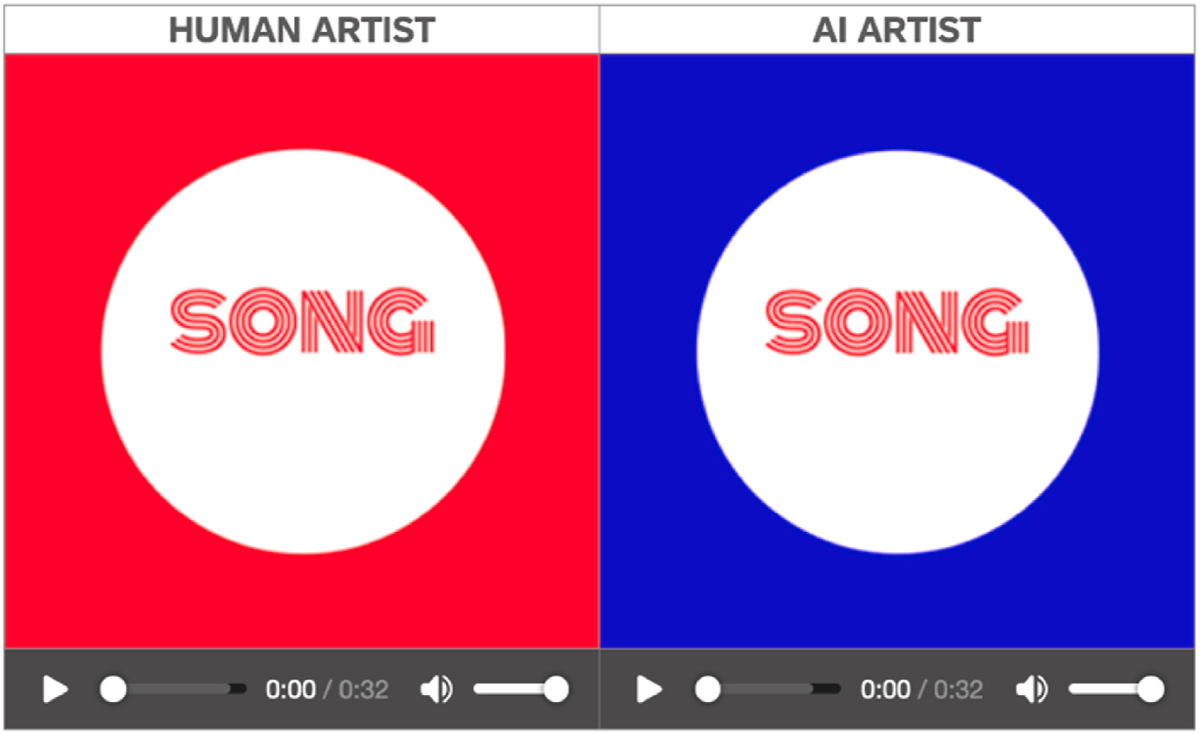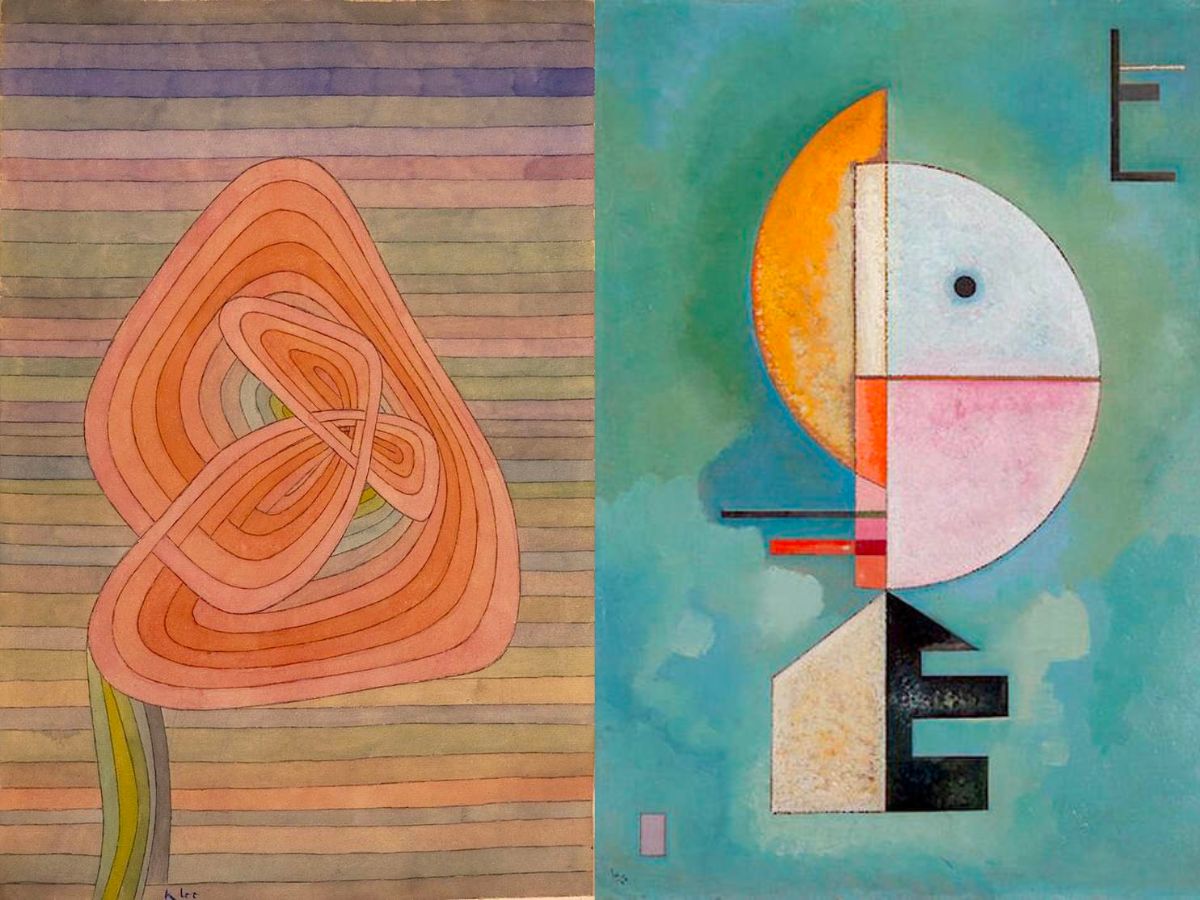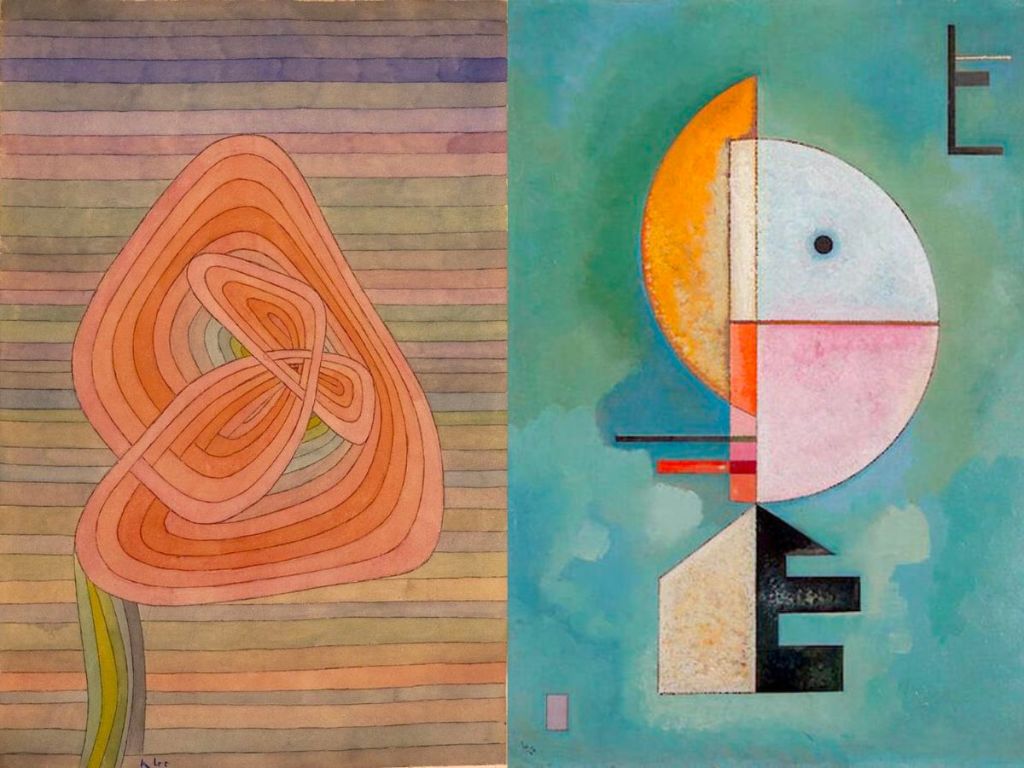Nope, it’s not just you.
AI-generated music and art was negatively perceived by participants in a study because it poses a “profound ontological threat” to our humanity, according to a study by the University of British Columbia (UBC).
Researchers at UBC conducted four studies in which university students and people not at university evaluated two different forms of art, and shared their thoughts on which one they preferred more, and which one they didn’t. Here are two of the more important experiments from the paper.
Study 1: Music
In the first study 206 university students were given two pieces of music. Both were AI-generated, but participants were told that one was composed by a human musician, and the other was composed by an “AI musician”.

The researchers found that “participants expressed less awe when [a] piece of music was AI-made (vs. human-made)”.
The university students said that the piece of music they thought was AI-generated music was “less creative” than one they thought had been composed by human. Researchers noted that participants in the study unknowingly expressed their “bias” against AI.
Study 2: Art
What about AI-generated art? In a second experiment researchers asked 298 UK residents to look at two paintings and “rate those on awe”.
In this case, both paintings selected were by human artists. One was “Lonely Flower” by Paul Klee (1934) and the other was “Upward” by Wassily Kandinsky (1929). The researchers told participants that one was painted by a human artist, and the other was painted by an “AI artist”.

Findings in this study were consistent with the first study. Researchers noted again that “participants experienced less awe for the AI-made (vs. human-made) painting”, even though both were by human artists.
This “[speaks] to the generalisability of the bias against AI-made art,” wrote the researchers.
Artists are more anti-AI art than the average person
The paper also highlighted that individuals who have stronger “anthropocentric creativity beliefs”, i.e. those who “believe that creativity is a uniquely human characteristic”, tend to dislike what they thought was AI art more than the average person.
This is because creativity is “central in art and is defined as the creation of something new and useful”. AI-generated art, on the other hand, takes produced “original” work based on what has been fed into its system. This could threaten the foundations of what it means to be creative.
Authors of the paper describe artistic creativity as the final “bastion” that distinguishes humans from dead, cold machines.
“It’s not like some prefer Coke and some prefer Pepsi. It represents a deeper philosophical question about our understanding of human identity,” says Guanzhong Du, PhD student at UBC, who co-authored the study.
“What makes human beings unique as a species? What differentiates us from others? And what is our place in the universe?”
What is our place in the universe? As AI slowly finds its way into the classroom, the workplace, our homes and the arts, it is a question that is being asked with increasing regularity.



